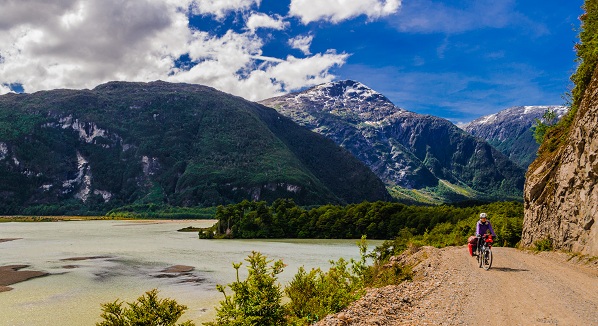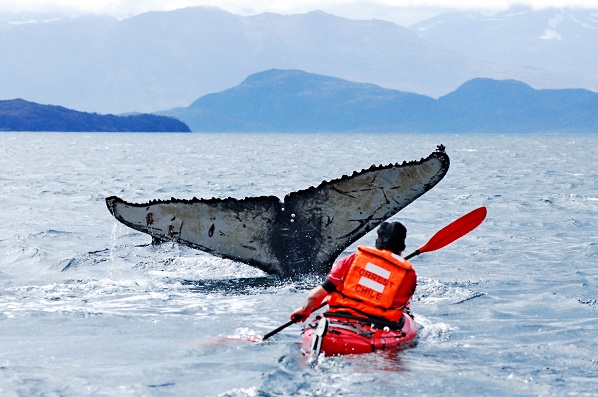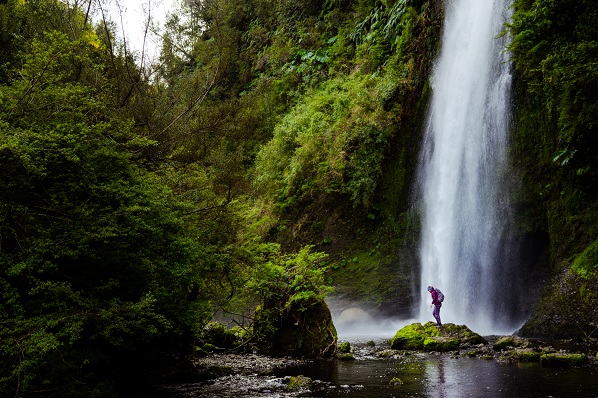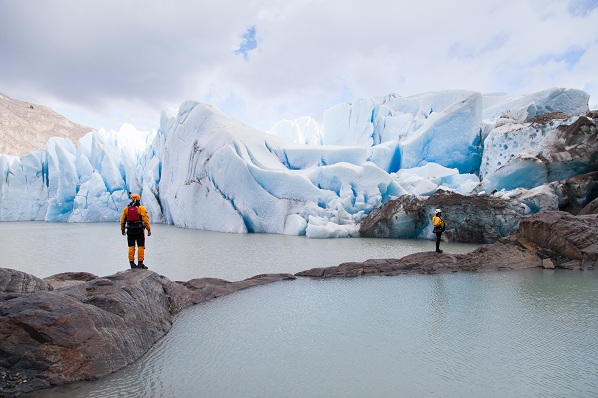Breaking Travel News investigates: Thrilling adventure in Chilean Patagonia

Unique natural attractions, a wide variety of climates, and geographic diversity are some of the primary features that make Chile an unparalleled destination for adventure tourism.
Patagonia is one of the last places left on earth today that is largely untouched by man, and information regarding its size is astounding: 240,000 km2 of surface area, a population that does not exceed more than one inhabitant per square kilometre, and more than 50 per cent of its territory is under state protection as a wilderness area.
From north to south, Chile displays landscapes with myriad places of interest: the ice fields, the third largest continental ice sheet in the world after Greenland and Antarctica, with hundreds of breath-taking glaciers; majestic mountains such as Torres del Paine and Cerro Castillo; colourful, vast lakes such as General Carrera and O’Higgins; voluminous rivers such as the Baker, Palena, and Futaleufú; its wide array of ecosystems ranging from impenetrable forests to large steppes, or the enormous labyrinth of fjords and channels where visitors can catch a glimpse of dolphins and whales.

Northern Patagonia and the Aysén region
This is a nature and adventure tourism destination located in the far south of Chile in the heart of Patagonia.
More than half of this region is part of the national park system, and the area offers up a wide diversity of landscapes that range from Patagonian plains, tall mountains, native forests, lakes, rivers, fjords, channels, and glaciers originating in the two immense ice fields.
All of the differing environments make it possible to do an endless variety of activities, such as trekking, kayaking, rafting, horseback riding, sport fishing, ice hiking, sailing, etc.
Hands down one of the best landscapes in the region can be seen while traveling on the Carretera Austral, one of the most beautiful roads in Patagonia which has been selected countless times as one of the most photogenic routes in America.
The Carretera Austral stretches over more than 1,200 kilometres from Puerto Montt to Villa O´Higgins.
Most of this route is a gravel road, and an adventurous spirit and patience are needed to visit it because the journey can be tough.
The effort it takes to get here will be rewarded, however, as there are many places to snap pictures along the way.
Coyhaique is the regional capital and its surrounding areas are home to an alluring rural culture revolving around sheep shearing, taming horses, and traditional festivals with Chilean rodeos and races.
This region’s main city is also the point of departure for expeditions to the globally renowned San Rafael Lake, where visitors are able to behold the beauty of its glacier.
The San Rafael Lake National Park, home to the lake of the same name, encompasses an area of 1,742,000 hectares and was declared a World Biosphere Reserve by UNESCO.
The Northern Ice Field can also be found inside this park, which includes the Exploradores Valley and Mount San Valentín, the highest peak in Patagonia standing at 4,058 meters above sea level.
The Cerro Castillo National Reserve with its whimsical formations resembling a rock and ice castle is located about 80 kilometres to the south of Coyhaique by way of the Carretera Austral.
There is a day-trip alternative to visit this reserve, which combines horseback riding and trekking, and takes visitors to the glacial lake at the foot of this towering mountain standing 2,320 meters tall. Visitors can take in a breath-taking view of the mountain from here, as well as its hanging glacier, the Ibáñez River Valley, and Villa Cerro Castillo.

Southern Patagonia and the Magallanes Region
The Torres del Paine National Park is located in the far south of Chilean Patagonia, and was declared a Biosphere Reserve by UNESCO in 1978.
The park is a protected area comprising 227,000 hectares with a poignant interweaving of ecosystems that includes lakes, glaciers, rivers, vast meadows, waterfalls, forests, and its infamous granite towers, which have placed Chile among the best nature destinations on the planet, according to NATGEO.
One of its most-famous routes is the W route, which was chosen by Lonely Planet as the best multi-day trekking circuit in the world.
The loop was chosen for its wide variety of awe-inspiring views, as well as for being one of the best ways to explore Chilean Patagonia.
Everything is so immense and towering in Torres del Paine, that it sometimes appears to be larger than life.
Some of the unique and unforgettable attractions of this remote part of the world are the nature and its intense power, the millennial geological formations, and the abounding hues of greens and blues of the Patagonian landscape.
Tierra del Fuego, the largest island in Chile totalling 29,484 km2 and the land of oil drilling and sheep-shearing ranches, still remains as one of the most uncharted and untouched places on the planet.
The wide, gravel roads that wind through the plains astound visitors with their never-ending horizons that seem to go on forever.
A trip to the Karukinka Natural Park, one of the island’s treasures, stands out among things to do in Tierra del Fuego, as well as trekking at Blanco Lake, one of the best adventure tourism activities in the region.
There are also three to four-day trips available with grand views of the Darwin Cordillera and Victoria Island surrounded by water.
Deseado Lake is nestled in between mazes of valleys, mountains, and native lenga forests within the same park.
Visitors can set out on an easy hike from here, passing by more than a thousand different species of lichens and moss.
The sub-Antarctic region of Tierra del Fuego is home to close to five per cent of all existing moss species on planet Earth.

More Information
For more information on visiting Chile please visit the official website.

